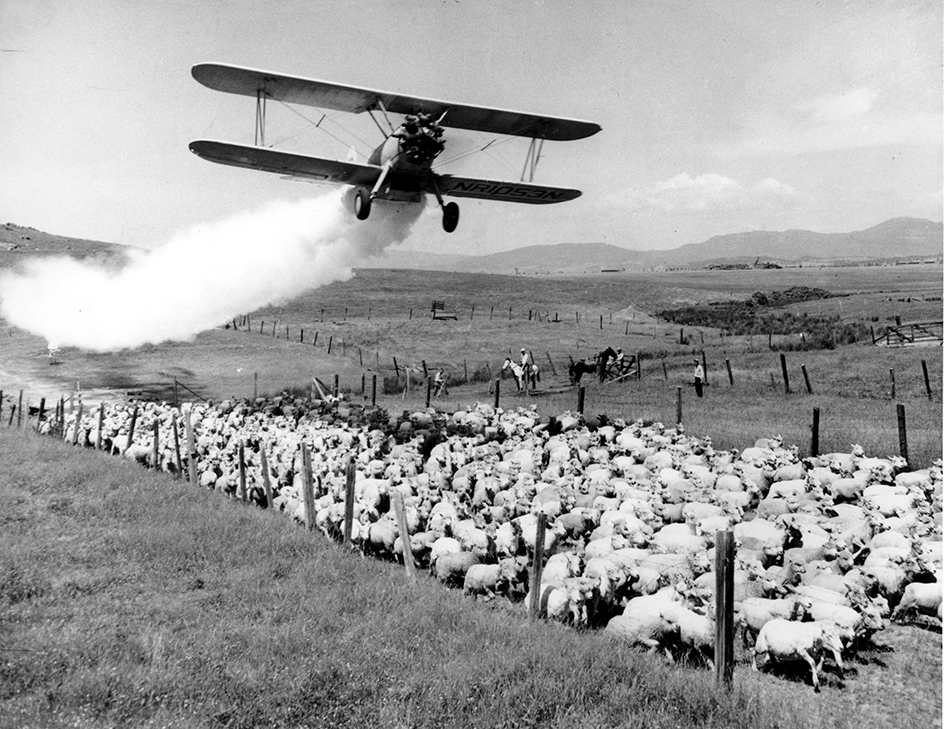DDT is an insecticide that has been widely used to control insects that carry human diseases. From the mid-1940’s to the early 1970’s, it was also used to control agricultural pests and carriers of animal diseases. DDT is a colorless crystal that is mixed with other substances when used for pest control. It is inexpensive to produce. Its chemical name is dichloro-diphenyl-trichloroethane.

DDT kills insects by affecting the nervous system. It differs from most other insecticides because it is persistent (long-lasting) and is not water-soluble. Because of these properties, DDT can accumulate in the adipose (fatty) tissues of animals. Large-scale application of DDT kills useful insects as well as harmful ones, and it may endanger other animal life, including birds and fish.
Paul Muller, a Swiss chemist, discovered DDT’s insecticidal properties in 1939. DDT became well known during World War II (1939-1945), when the United States Army used it to fight typhus and malaria by killing the body lice and mosquitoes that carried these diseases. In 1962, Silent Spring, a book by the American marine biologist Rachel Carson, alerted the public to the potential dangers of DDT. Since the 1970’s, many countries—including Canada, Japan, the United States, and most European nations—have banned virtually all uses of DDT. But DDT remains important in tropical regions for the control of disease-carrying insects.
See also Insecticide.
